I started my first flower garden years ago. Having grown up on a farm, I was sure I knew it all. Turns out, I had no clue what I was doing. I thought if I stuck a flower in the ground and watered it regularly it was sure to grow. Wrong. It’s no surprise that some of my plants died soon after I planted them. Over the years I learned tips and tricks. Then, I began working toward becoming a Master Gardener. I realized I am still learning! If you’re ready to start a garden, here are 10 Flower Gardening Basics You Need to Know before you begin. If I had known these tips, I could have saved a lot of time, money, and frustration. I hope they help you create the garden of your dreams.
10 Flower Garden Basics You Need To Know
Do you enter the garden center and nursery and feel overwhelmed? Do you see all the pretty plants and want them all? Before starting the garden, use these tips.
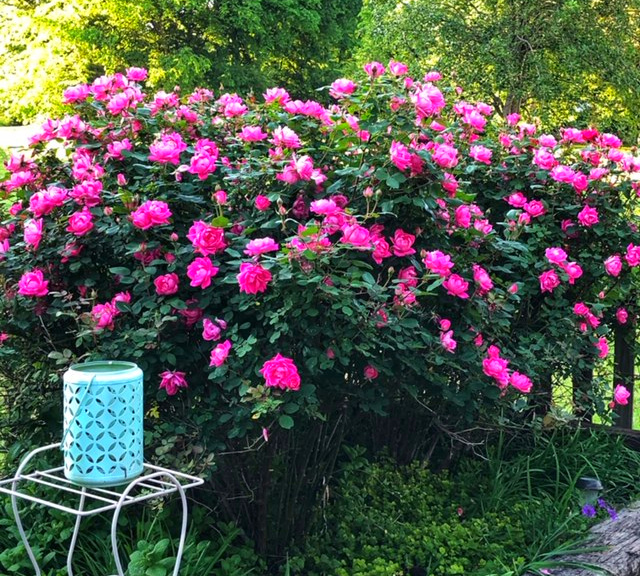
Things to do Before Starting the Garden:
- Determine Your Planting Zone. Want to know when to plant flowers in your area so they won’t be killed by a sudden cold snap? Want to know which plants grow well in your area? The zone map can help. It divides the US into 11 regions, each separated by at least 10 degrees F. Using this map will help you identify plants that can survive the year-round conditions of your area. You can find the latest version, the 2012 USDA Hardiness Zone, here.
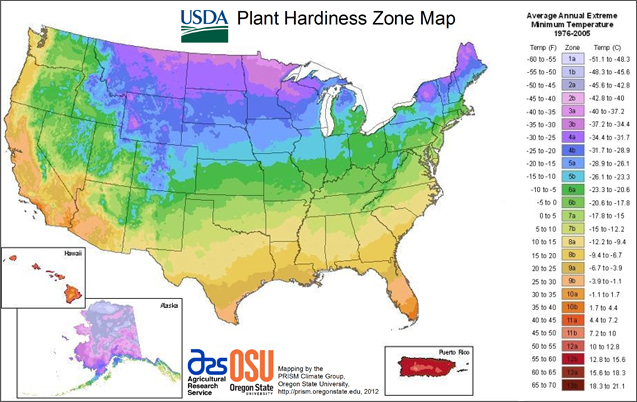
2. Determine Your Soil Type. The three main types of soil are sand, clay, and loam. Some plants grow well in each type of soil. For example, my soil is mostly thick clay. It compacts and is the type most plants hate. To grow plants in my soil, I have to “amend it” by adding organic matter, compost, or potting soil before I can plant almost anything. Unless you live in an area with the perfect soil combination-and that’s rare-you’ll have to adapt the soil to allow plants to grow.
The easiest way to determine your soil type is to have a soil sample taken. You can do this by contacting your local county extension agency or state extension agency. Note: Most agencies charge a small fee for this service.
3. Determine How Much Space You Have For the Garden. Consider how much space is available before you begin. This will help you decide whether you have the space for a large garden, for raised beds, or whether you’d be better off using pots and vertical spaces to create a bountiful container garden.
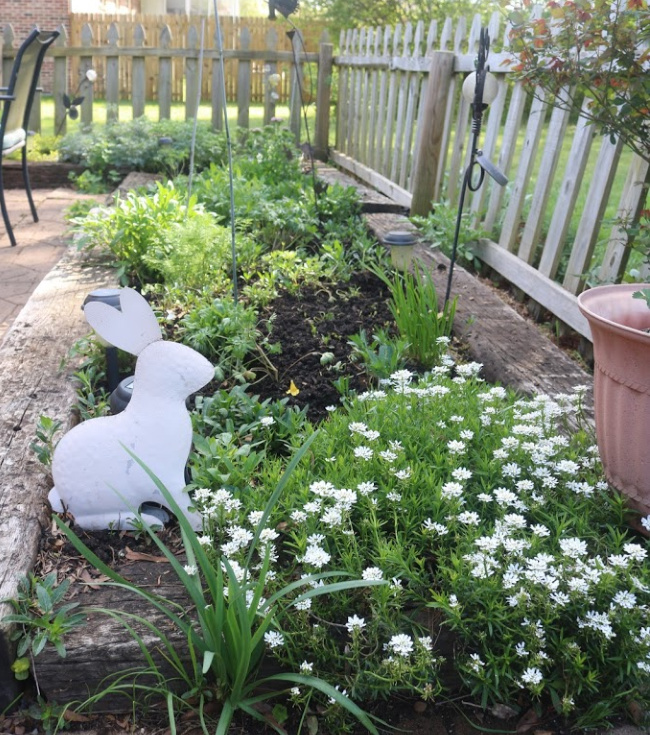
Measure the area available and be sure to include space for comfortable seating or dining areas. Even small spaces can be transformed into beautiful gardens.
4. Check for any HOA or county restrictions on what you can do in your yard. This is important because you don’t want to waste time, money, and effort only to be told the garden doesn’t meet local ordinances or restrictions. Sometimes a permit is required, especially if you are adding a structure, such as a gazebo, to your garden.
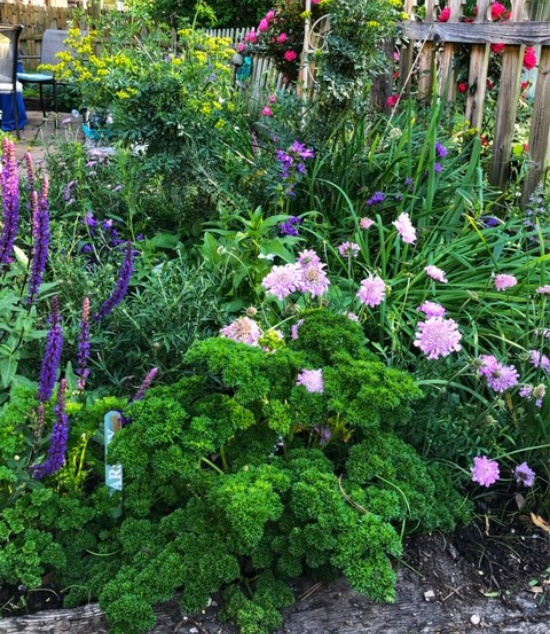
Also, and this is important with the new water regulations, check out your county’s impervious zone restrictions. This data gives you an idea of how much of your yard can be used for structures, walkways, and any other non-lawn areas.
5. Determine your garden style. Do you earn for the cottage look? Do you prefer formal, Japanese, or Zen gardens? You want your garden to be a reflection of your personality. Browse through plant or gardening books, magazines, and internet gardening sites. Take your city’s local garden tour. Visit botanical gardens. All of these will give you an idea of the style you prefer. Once you know your styles, you’ll have a sense of how much space you’ll need, along with what plants you need to purchase.
6. Determine your color scheme. I’ve seen gardens where people purchased a variety of different plants that worked well in their area and dropped them in the ground. (Spoiler alert: I’ve done this too.) The result is a hodgepodge of different styles that don’t work well together and create a jarring contrast.
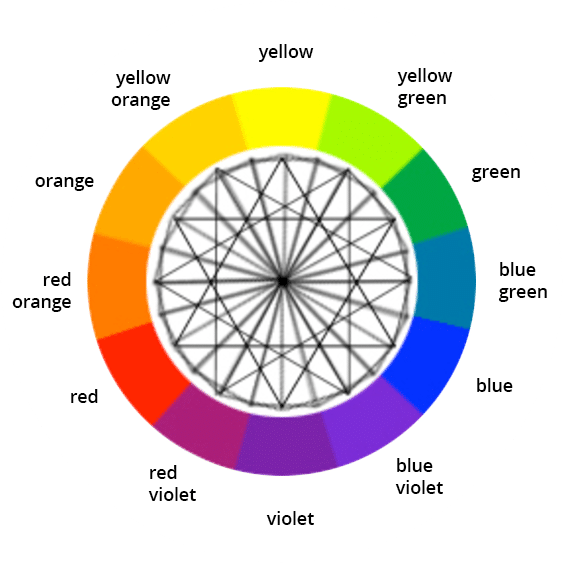
Here’s a tip: Use the color wheel to create your garden. Choose your colors in one of four ways:
- Colors on the opposite side of the color wheel work well together. For example; Violet + Yellow, Green+ Red, Blue + Orange. White flowers can be added to any color scheme.
- Use the same color in different shades. For example; light purple, dark purple, medium purple, with white flowers for contrast.
- Use colors that are beside each other on the color wheel. For example; blue-violet, blue, and blue-green would create a pleasing palette.
- Use one color of a flower, like blue, and add white flowers into the mix.
- Tip: You can use different species of flowers with the same colors.
7. Draw your garden on paper first. This sounds silly, but it really works. Drawing a gardening space helps you place the plants by height, allowing you to see which plants will be the tallest. (Gardening tip: you want to place these plants in the middle or in the back of your beds.) You can also determine how wide they will spread and how much space is needed to accommodate them.
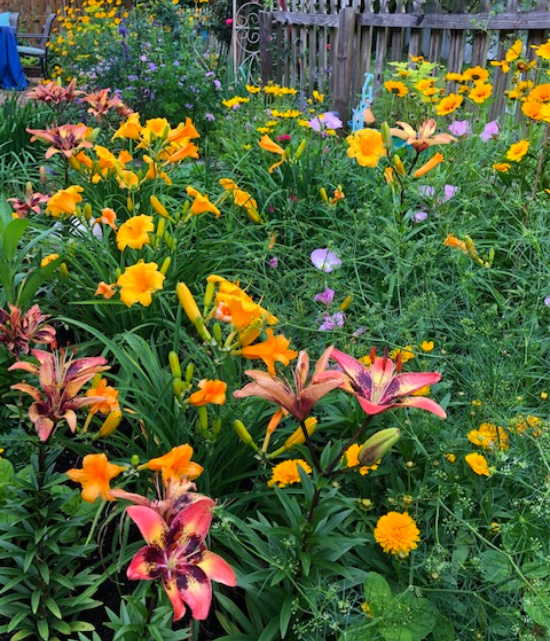
Tips When Planting Your Garden:
8. Grow native plants. The easiest way to grow a beautiful garden is to use native plants. What’s a native plant? According to Wikipedia, these are “plants indigenous to a given area in geologic time. This includes plants that have developed, occur naturally, or existed for many years in an area.” In simple language, it’s the plants that grow naturally in your area.
They’re already adapted for the growing conditions and don’t require a lot of care and attention. I’ll be honest, I always wanted a tropical garden. I live in zone 7B. My dreams of tropical garden plants worked well during the summer, but not so much when the first frost hit and killed them all. You can find a list of native plants for your area at your local extension office or through your state’s extension website.
Bonus: The state university extension service usually does plant trials of new cultivars each year. You can see their germination rate, how well they performed, and more.
9. Plant perennials and fill in with annuals. Gardening can be an expensive hobby. By purchasing perennials you can save money in the long run. They come back year after year and can be divided into new plants will save money in the long run. Perennials can take two to three years to spread into a lush carpet. In the meantime, place a few low-cost annuals in the beds to give them a pop of color.
10. Don’t worry if it doesn’t look exactly how you want. Flowers spread. “Volunteer” plants drop in. Weeds happen. The good thing about gardening is that it’s always a work in process. Don’t like the way your garden looks after it’s planted? You can move flowers to different locations and different beds. It may take time, but you can create the look you want and have fun in the planning.
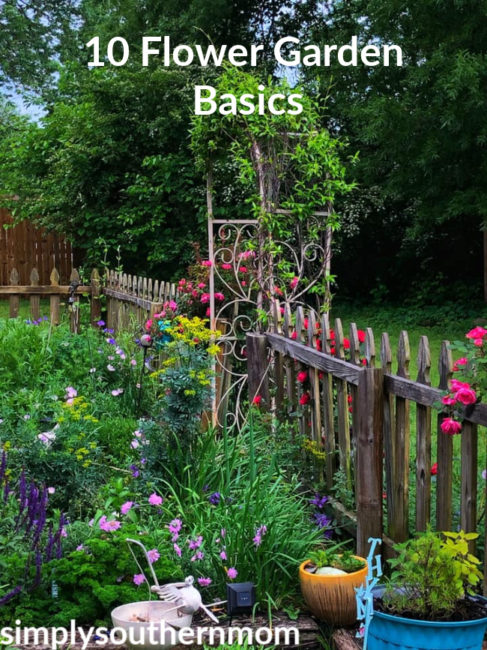
I hope these tips inspire you to get outdoors and plant a garden. Share your favorite gardening tips with us.
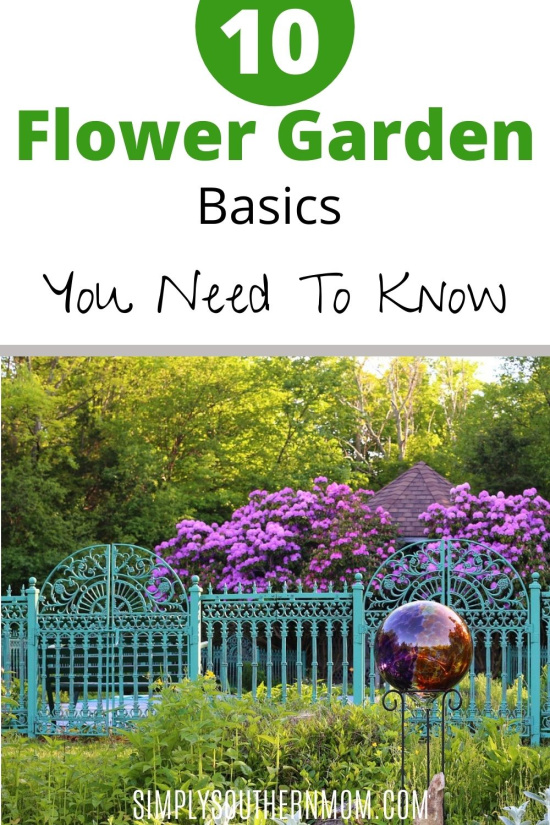
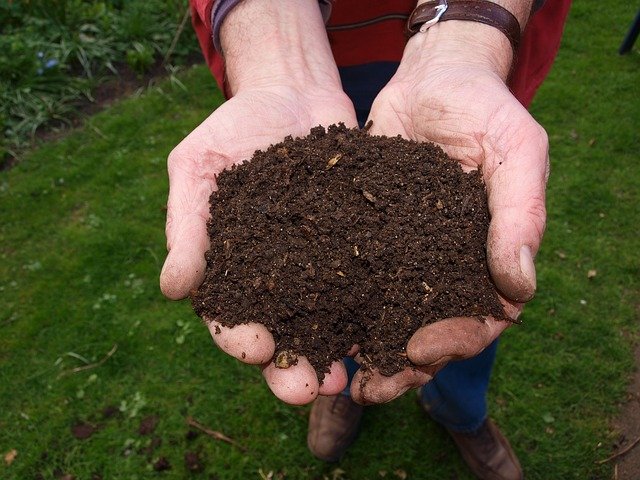
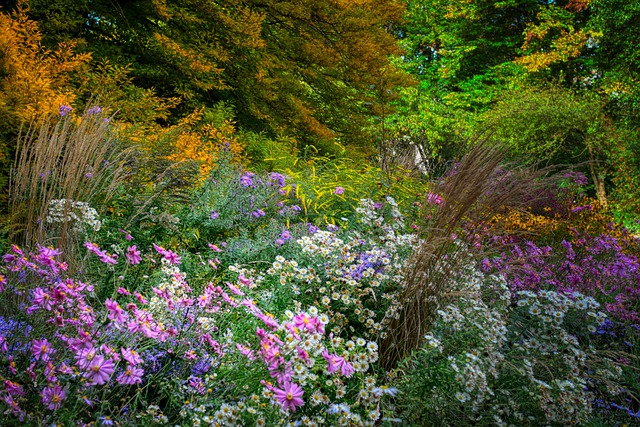
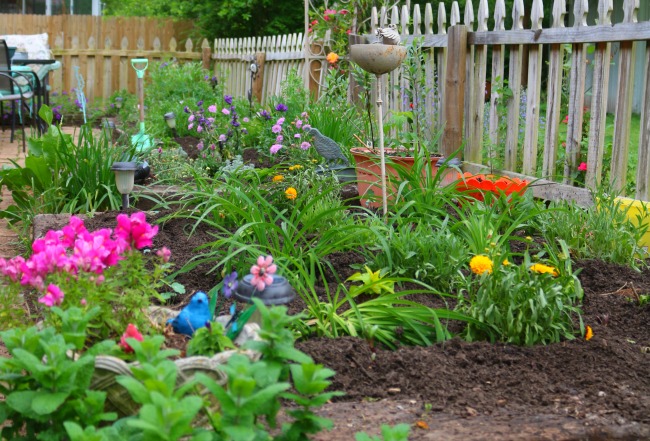
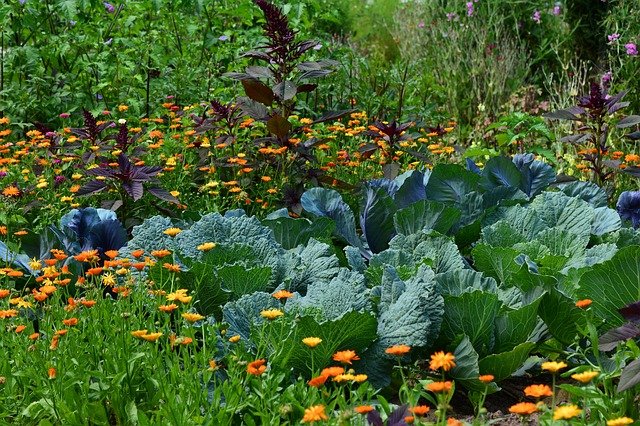
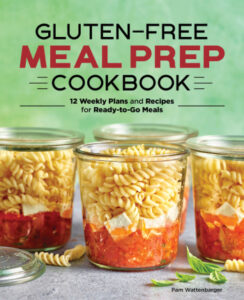


It is so important to research and plan! I work in a greenhouse, and so many people just buy flowers because they like them, and of course the flowers don’t survive because they have certain growing requirements that aren’t met!
So helpful! We have a small garden space and I want some flowers in it. I will be starting this month.
Mine too clay, only pine trees where grown before the house was built. Now with lot of fertilzer we are trying to grow some thing. Thanks for of this hardiness map it is really useful.
I’m trying so hard to get my backyard beautiful with perennials. Some did well others did not. It’s been tricky trying to figure out what our soil likes.
I miss gardening unfortunately due to limited space in out place we are not allowed to plant. Flowers and veggies makes me happy .
I think these are some really good tips. This will be very helpful. I always try to make sure to get the right soil. I think that one is a great tip.
Coming from a tropical county, we didn’t have different kinds of zones there so that was the first time that I had to research before I started my flower garden here. Great tips!
I love flower gardens, they always look so pretty when they are in bloomed. Though I’ve never done my own flower garden, these are some great tips!
I would like to have a garden in the near future! I will definitely use your tips and advice. First I will draw my garden on a paper, it will help a lot!
I started DIY vegetable gardening using milk cartons and my chilis and tomatoes are on seedlings already. I love all the flower photos!
We don’t have much space so most of my flowering plants are grown in pots. In my country, it is sunny most of the year so I choose plants that grow well in full sun. Thanks for these tips. I will keep them in mind.
This post is really helpful. I would love to add more flowers to my garden.
I didn’t realize there are so many things to consider! This is the first year (after 3 years of trying) that we’ve been successful at growing flowers. Will keep this for reference for next year, our garden will rock!
Never thought about HOA restrictions! Great tips. I’m terrible at growing things, but I love seeing other people’s gardens.
How pretty! I wish I could grow things but alas, I have a black thumb. I do try though but it never ends well.